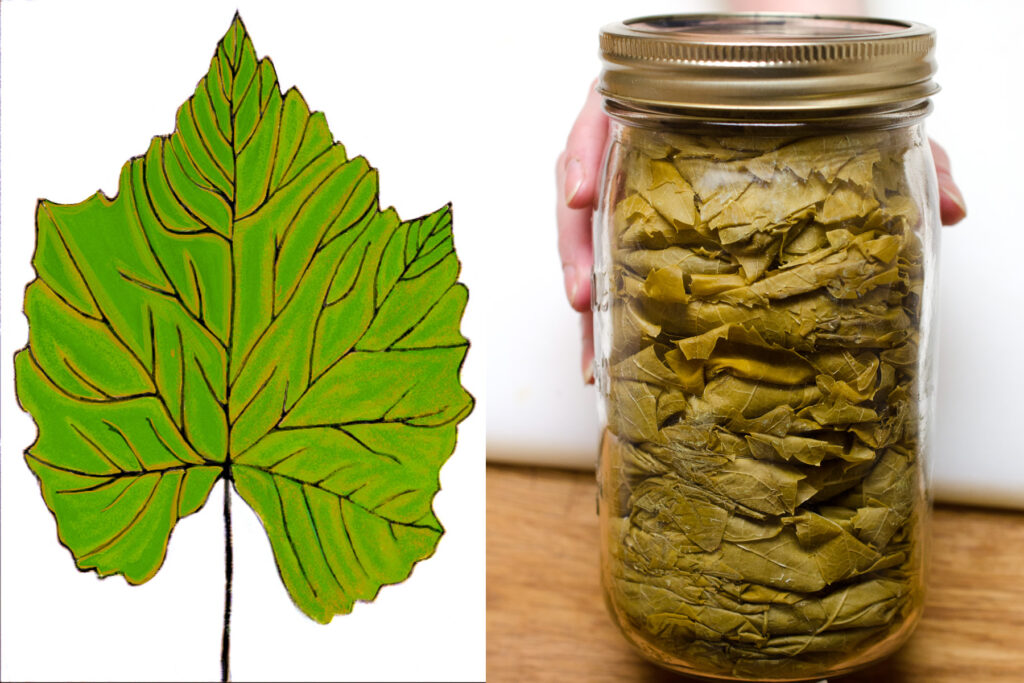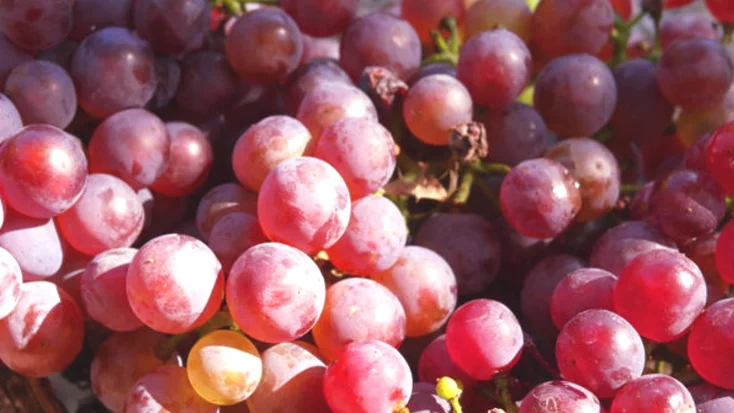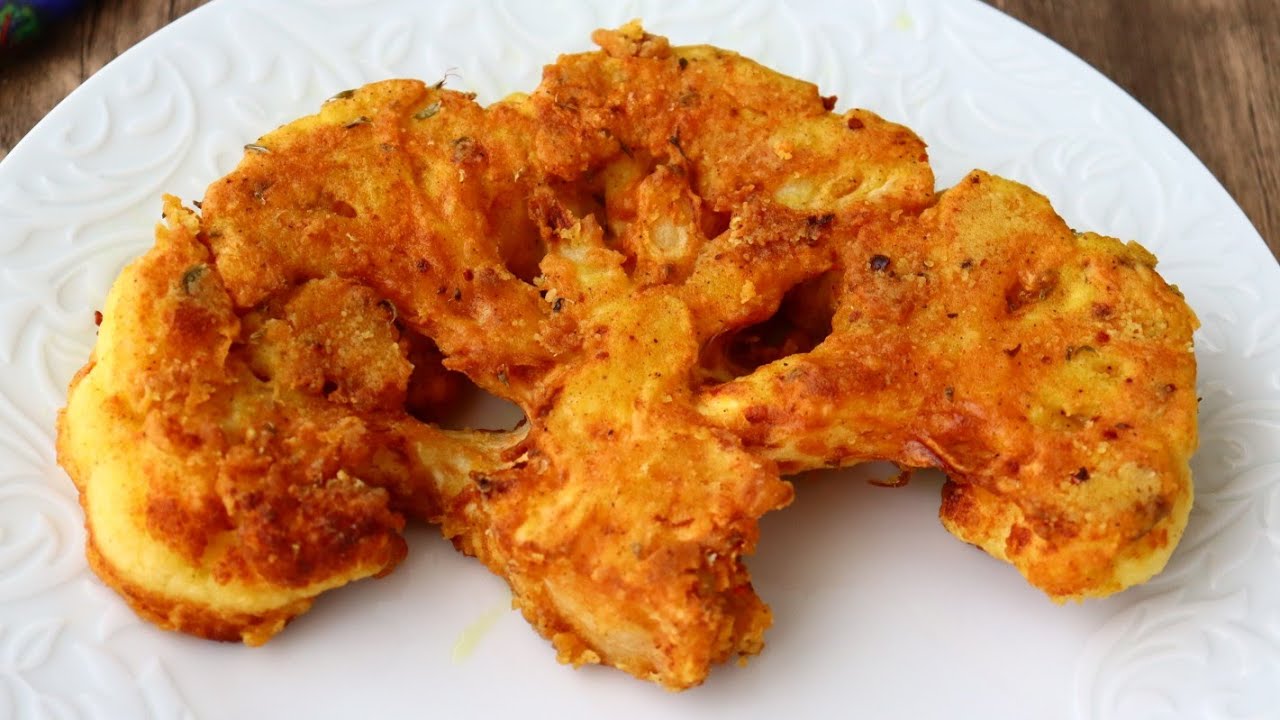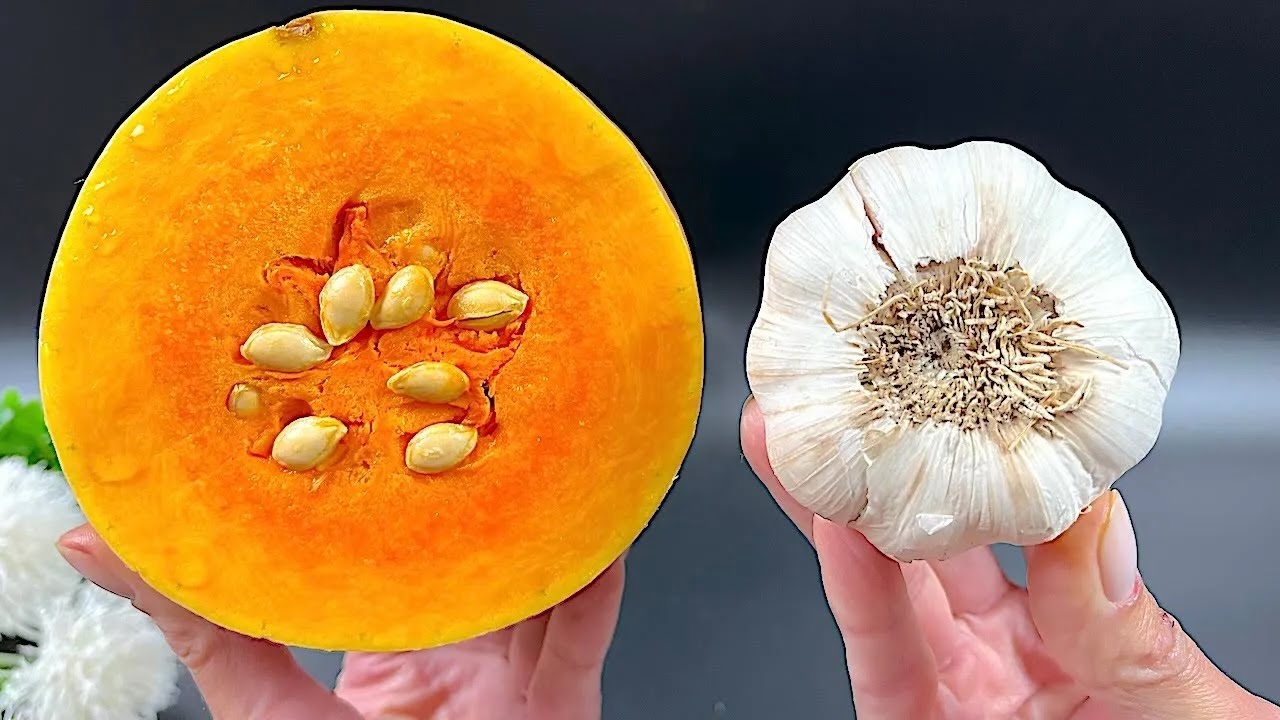
Preserving grape leaves is a wonderful way to keep a bit of the garden with you all year round, especially if you love making dishes like dolmas or stuffed grape leaves. If you’ve ever wondered how to keep grape leaves fresh and usable long-term without refrigeration, here’s a traditional method passed down through generations that might just be the solution you’re looking for.
Why Preserve Grape Leaves?
Grape leaves are not only delicious but also packed with health benefits, including vitamins C, E, A, and K, plus iron and fiber. Preserving them allows you to enjoy these nutrients all year round, particularly when fresh leaves are out of season.
How to Preserve Grape Leaves
Here’s a step-by-step guide to preserving grape leaves just like grandma did, ensuring they stay good for up to two years.
Ingredients:
-
Fresh grape leaves
-
Boiling water
-
Salt
Instructions:
-
Harvesting the Leaves:
-
Choose young, tender grape leaves for the best texture and flavor. Harvest them in the spring or early summer when they are most supple.
-
-
Preparing the Leaves:
-
Wash the leaves thoroughly to remove any dirt or insects. Pat them dry with a clean towel.
-
-
Blanching:
-
Bring a large pot of water to a boil. Add a handful of salt.
-
Blanch the grape leaves in boiling water for about 3 to 5 minutes or until they are just softened. This process helps preserve their color and texture.
-
-
Cooling and Drying:
-
Remove the leaves from the water with a slotted spoon and plunge them into a bowl of ice water to stop the cooking process.
-
Once cooled, drain the leaves and pat them dry again.
-
-
Stacking and Storing:
-
Stack the leaves in small bundles, rolling them up tightly.
-
Pack these rolled leaves into clean, dry jars. Make sure they are compact but not crushed.
-
-
Sealing:
-
Close the jars tightly. Store them in a cool, dark place such as a pantry or cellar.
-
Using Preserved Leaves
When you’re ready to use the leaves, simply unroll the desired amount from the jar. They will be pliable and ready to be filled with your favorite stuffing for dolmas or used as a healthy addition to salads.
Conclusion
Preserving grape leaves using this traditional method not only extends their shelf life but also enhances your cooking options throughout the year. It’s a simple, effective way to make the most of your garden’s bounty and enjoy the taste of summer even in the colder months. Plus, it’s always wonderful to keep a family tradition alive in the kitchen!





